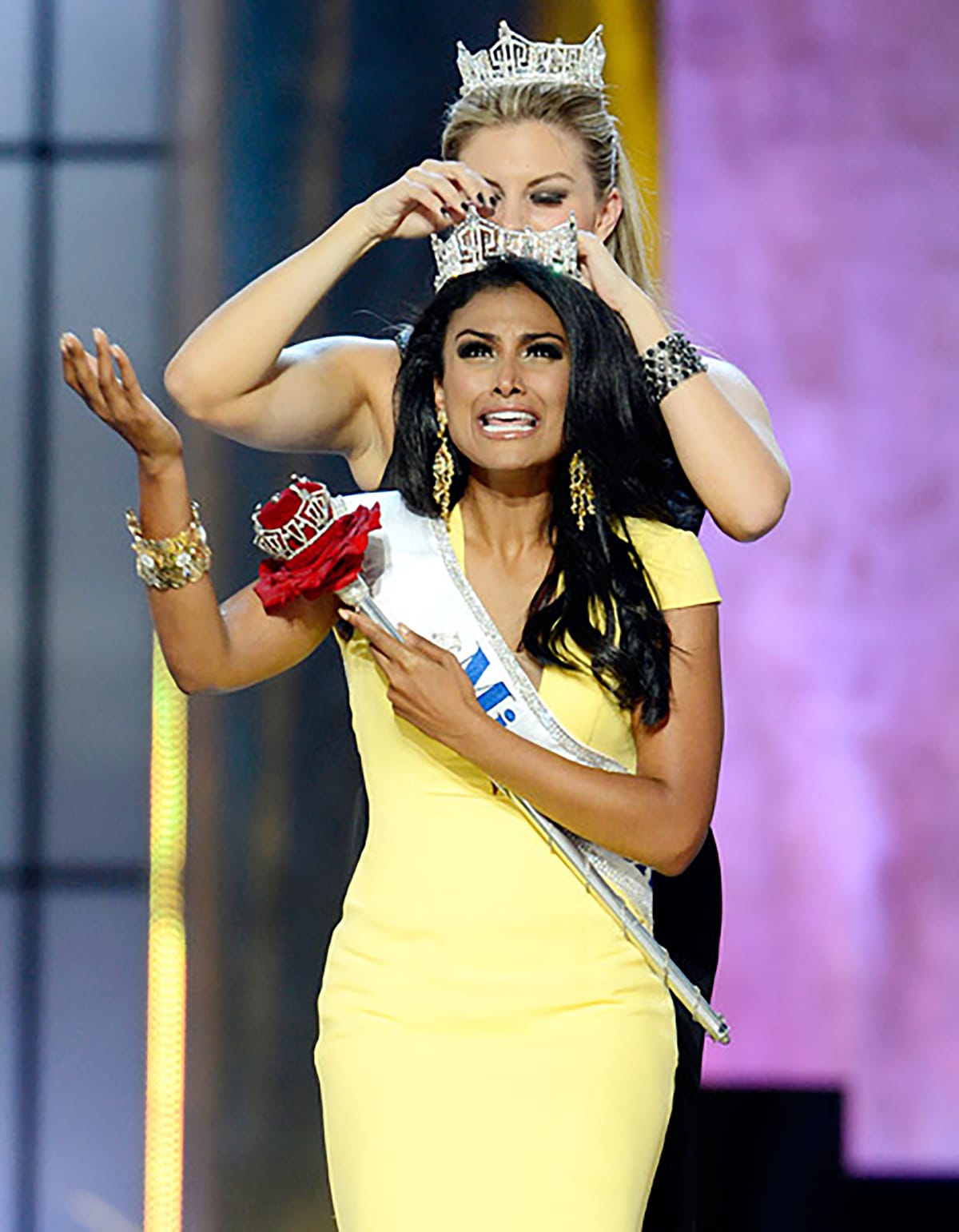How do we define beauty?

Atika Dawood, BA Arabic and Linguistics
On Friday 16th October 2015, Meeta Rani Jha hosted a discussion around her new book ‘The Global Beauty Industry: Colorism, Racism and the National Body’, exploring subjects such as the ‘whitewashing’ of the beauty industry, the reaction to Nina Davuluri winning Miss America 2014, and the Black is Beautiful campaign.
In 2014, Nina Davuluri was crowned Miss America. Being of South Asian descent (i.e. brown) caused a massive uproar in one of the most diverse regions in the West, 93 years after the competition was founded. A reaction that has clearly highlighted the non-progressive nature embedded in parts of the world.
Western ideals of beauty are still superimposed on women of colour, to the extent that it is believed a BAME woman is incapable of being beautiful enough to win a national beauty competition. This perpetuates the narrative that ‘one must have fair skin and western features to be beautiful’. Or be fair skinned to be beautiful at all – if a light skinned woman has full lips and a round derriere, she is the epitome of beautiful! Yet if these features are worn by a WOC a few shades darker than the average model, features possibly native to her ethnicity, she is not as beautiful – according to media.
It is the beauty industry and media that highlight this ‘Western’ ideal of beauty, putting women of ethnic origin at a disadvantage. In South Asia (and Africa) we have the ever booming lightening cream industry, backed by famous figures in Bollywood, such as Shahrukh Khan, who is the face of ‘Fair and Handsome’, the male equivalent of ‘Fair and Lovely’.
This is reflected in the South Asian film industry, where the ‘light is beautiful’ mantra is personified by the fairest of actresses playing the heroine in most films, and dark skinned actresses chosen to play the working class characters.
Nandita Das, a dark skinned actress and keen supporter of Dark is Beautiful, has shared that her make up artist is told to make her “look whiter” when she is cast as an upper class Indian woman in films, suggesting only lighter skinned women are educated, are part of the upper classes, and are worth top roles. This feeds the disadvantage dark women face as a whole. In South Asia specifically, practices such as dark skinned brides paying several times more in dowry than fair skinned brides, and ‘fair skin’ being a specification in the search for a suitable bride, continue to perpetuate this discrimination.
While fighting to change this idealised western beauty rhetoric, we must not stomp over lighter skinned WOC. A member of the audience denounced Rihanna and Beyonce as black feminists because ‘they’re not black enough, their lifestyles are so western.’ Light skinned women of colour remain WOC. The battle is with the industry, not our sisters.
Though the global perception of beauty is currently ‘whitewashed,’ this perception is not static, and we can change the discourse. We can put pressure on celebrities to stop endorsing lightening creams (yes, you Asin and Shahrukh Khan!), on the industry to cast dark skinned actresses, and on everyone to appreciate all shades of colour.
We are beautiful, whatever colour we are.




